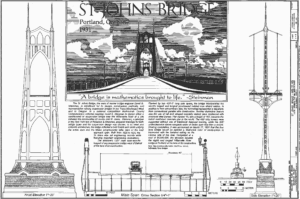As our technology assignments have gone, this one has by far been the most frustrating. Despite its apparent ease, GoogleForms took me a long time to figure out. Starting was difficult, let alone understanding where all of the options are located. (For example, it was only after class that I discovered the ability to create multiple sections in one Form.) There are several reasons for this frustration:
First, technology itself is another hurdle in an already complicated world of classroom teaching and learning. Yes, it can be an effective tool for making the process easier. It can also be more trouble than its worth and cause more anxiety than relief if it seems less than intuitive to a teacher’s lesson plan. (If I was to create a lesson plan for the sake of using a technology, this would seem to be catering to the technology and not to the lesson or the class.)
Second and similarly, I have almost never been in a technology-rich classroom, both as a student and as a student teacher. I’m sure having experience in a technology-rich classroom would make a world of difference. However, even considering new technology’s ever-growing presence, many, many, many schools and classrooms are without the privilege of high-end gadgets and apps and other programs, or even computers themselves. I had ONE classroom in high school which had a Smart Board for class lessons. (This was super weird for my small hometown and school.) My student teaching school has no “new” technology at all, other than a cart of a dozen or so Chromebooks shared by the entire school that we have to fight for access to. PPS, a district I would be extremely thrilled to work for next year, in general lacks access to and/or the funds for new technology. Therefore, my perceived relevance and meaningfulness of the programs as I am learning them has been lacking. And my need for this relevance and meaningfulness has been somewhat blocking my vision as I maneuver the programs.
Third and finally, I personally do not have great access to technology. My own lack of access means I do not get the full experience of EdTechTeach (my own name for this process). Yes, there could be some deeper problem going on with my computer that has nothing to do with this class. But there seems to be a serious issue whenever I am using the edmethods blog and the other programs being taught in class. (This post itself has been interrupted multiple times by some sort of terrible lag.) Less often do I run into this issue when going about my day-to-day use. Being technology-poor means my frustration grows exponentially. I can only imagine a young student’s frustration in attempt to learn technology when their own tools are inferior to their classmates’ and/or students of similar grade levels around the district, state, and nation. The digital divide is very real. And teaching technology itself will not solve it (nor do I expect it to). It is a frustrating thing to experience firsthand.
Anyway, I am glad I eventually got somewhere with my GoogleForm to the point where it makes more sense visually as a mini-lesson. At the same time, thinking ahead to my unit plan in my classroom, I can think of more effective media for communicating constitutional corroboration (yay, alliteration) with my students.
PS: I mean this post as no disrespect to our Methods class. I am really happy to be learning and getting the experience with these programs now, so I can have a fuller toolbox from which I can draw as a new teacher. Our classes have been helpful! I simply tend to be honest in reflections. And this seemed like a good opportunity to get a few things out of my head and onto the screen. Also, I can think of mini-lessons that would work really well for GoogleForms, such as analyzing historical photos or video like some of my classmates did. That sort of lesson just makes less sense with the class I am currently teaching and the unit plan I am currently preparing for. But, of course, more tech-savvy people would probably be able to come up with a way to make it work. Thanks for reading!

